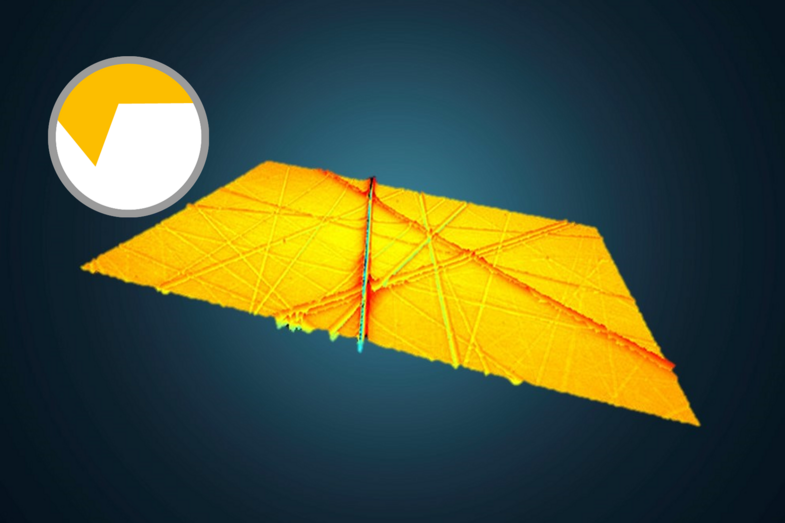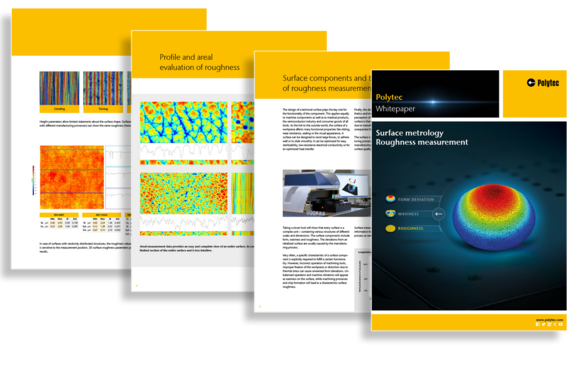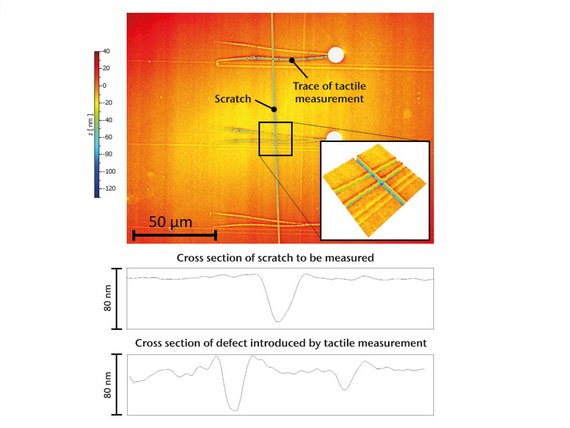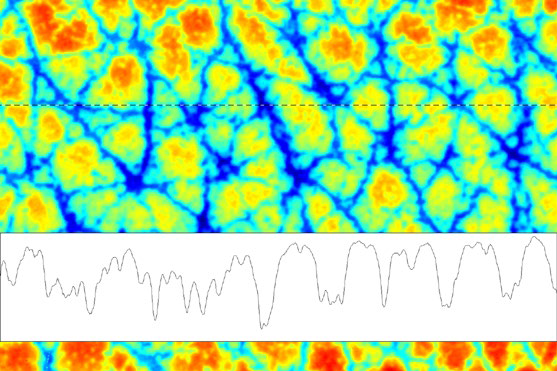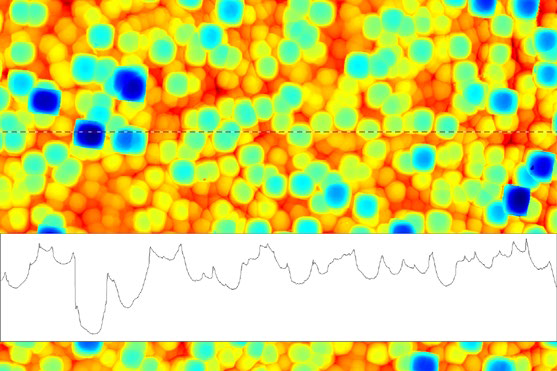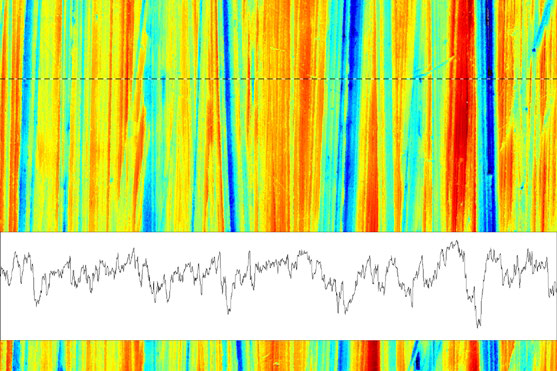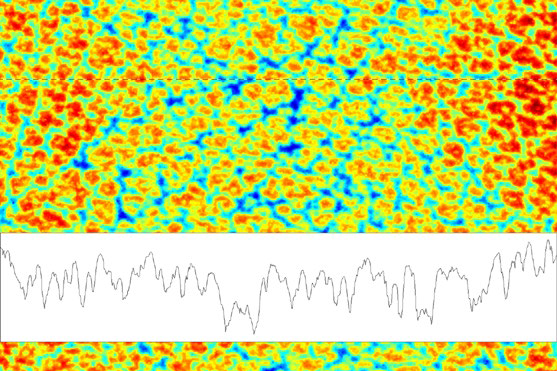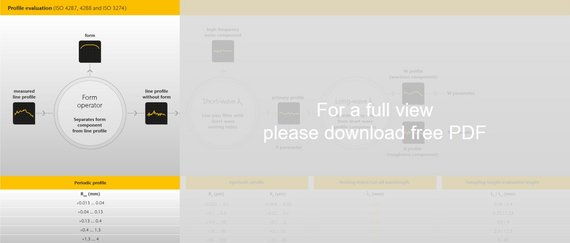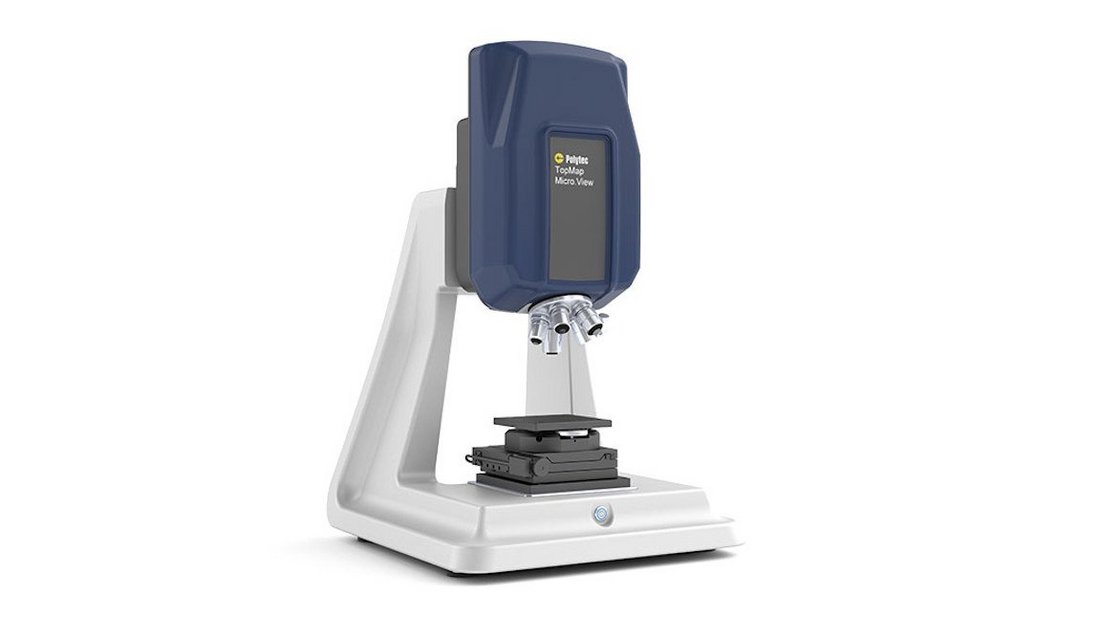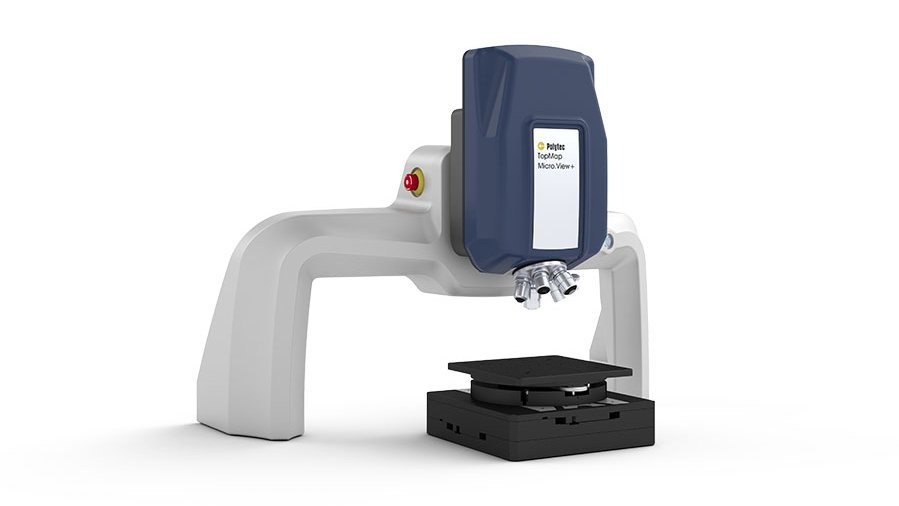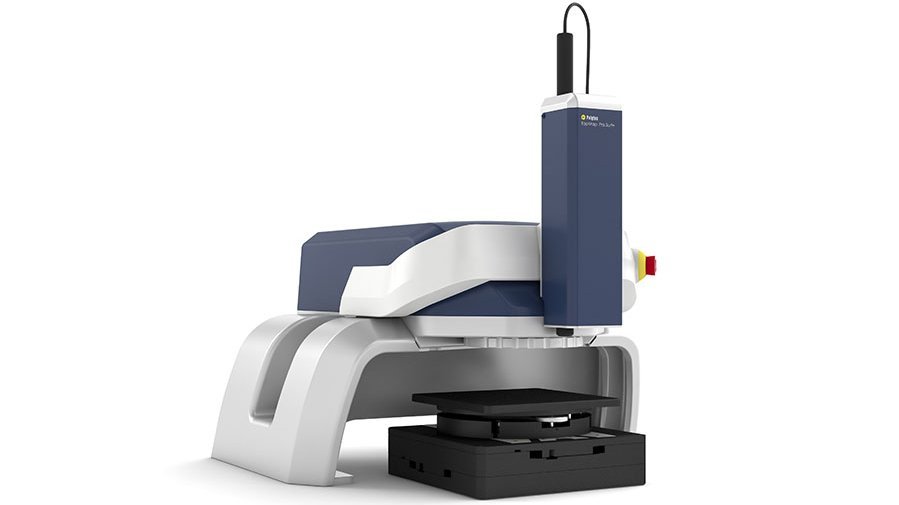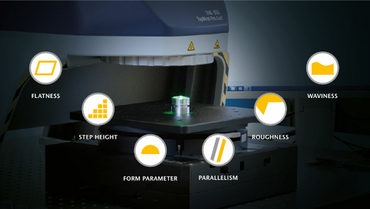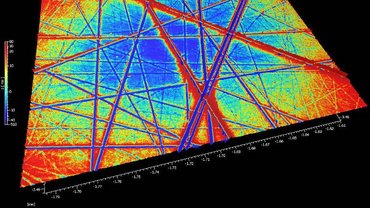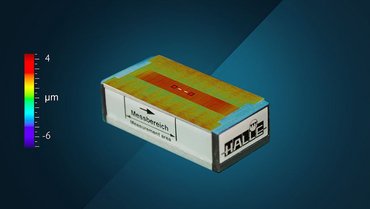Surface roughness evaluation:
Whitepaper rougness measurement
Optical profilometers are increasingly replacing tactile measuring systems. Eventually in the near future, 2D parameters will only endure where their informative value is sufficient. A comprehensive and full 3D characterization of the entire sample surface e.g. by using optical surface metrology like TopMap whitelight intefereometers offers an intuitive visualization of measurement data while permiting extensive evaluation options for a deeper analysis and feedback on the production process. Sign up and read in the full paper about surface roughness and how to measure surfaces faster and more efficient.
How to quickly measure surface roughness in 3D
This video shows how to measure and characterize surface roughness on mechanical engineered components, e.g. polished surfaces using non-contact optical surface profilers like the TopMap whitelight-interferometers. Choose your magnification, benefit from motorized turret and the automatic Focus Finder for areal 3D roughness measurement and evaluation. Manage and load your individual and predefined measurement recipes for simplified quick starts of 3D roughness evaluation and easily report and share your insights on roughness evaluation e.g. according to ISO 25178 and more.
Optical vs tactile surface roughness and texture evaluation
If the surface has randomly distributed features, the result for the roughness parameter is strongly influenced by the measuring position. In many cases, profile-based surface description is insufficient to provide information about functional behavior of the surface. Profile based surface characterization allows only limited information about the cause of poor functionality and so includes limited information for quality control purposes.
Custom roughness measurement and evaluation?
ISO for profile and areal surface evaluation
The measurement chains for the areal or profile-based surface evaluation are described in ISO 25178 or ISO 4287, they differ from each other with some details.
